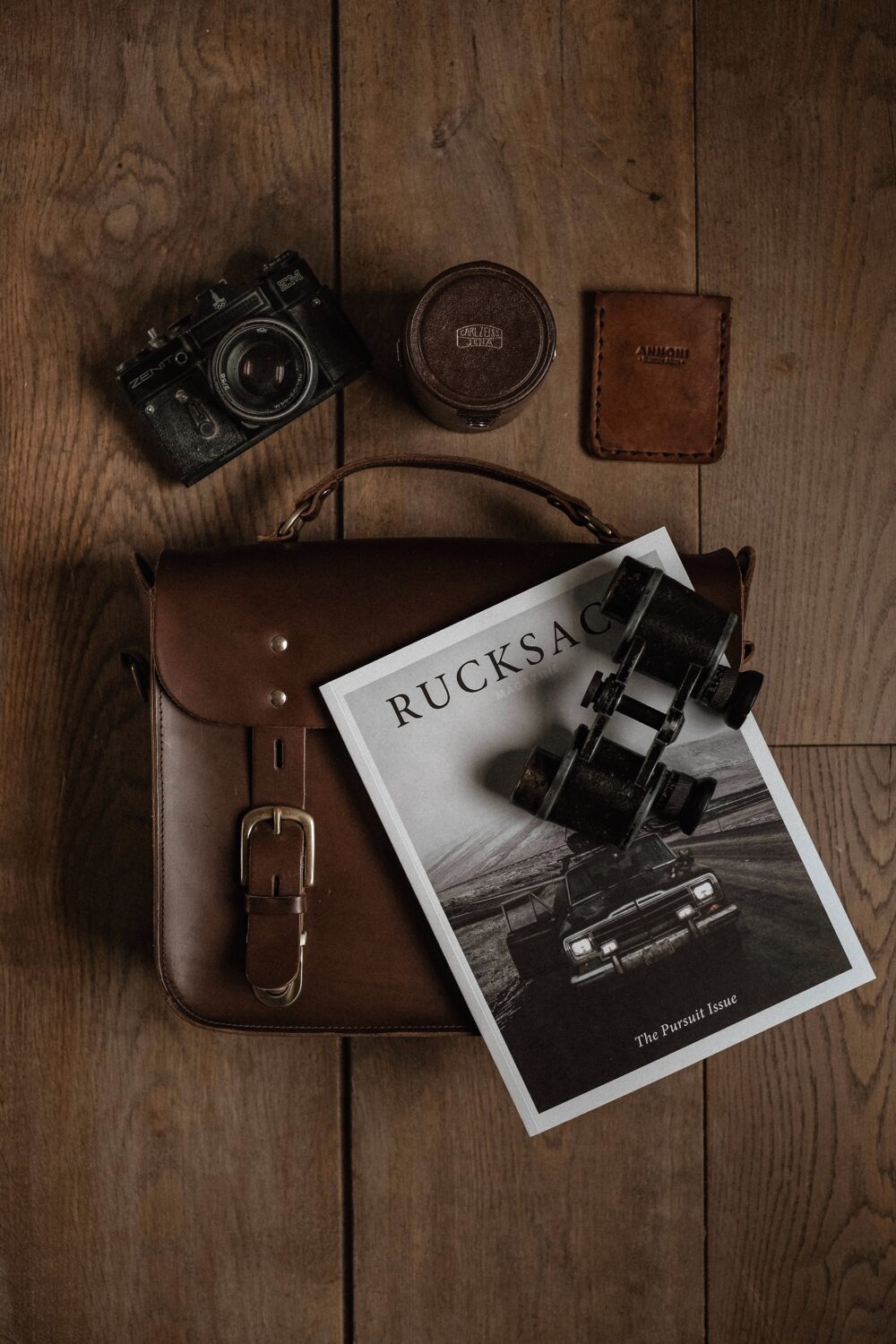In photography, the lens is your voice. It defines perspective, sharpens focus, and gently guides the viewer into your world.
The places we travel to are only half the story. The other half is how we see them. In photography, the lens is your voice. It defines perspective, sharpens focus, and gently guides the viewer into your world. Whether you’re standing before a still lake at dawn or weaving through a crowded street at dusk, the lens you choose shapes not only the image, but the emotion behind it.
This is a quiet guide for those looking to find the lens that feels like an extension of their eye, their rhythm, their way of moving through the world.
What to Look For in a Travel Lens
Versatility: A 24–70mm or 24–105mm lens offers range without the weight of carrying multiple lenses. It’s the one-lens solution many travel photographers rely on.
Low Aperture (f/1.8 – f/2.8): Ideal for low light, dreamy depth of field, and soft background blur—especially useful for portraits, dim cafés, or golden hour walks.
Image Stabilization: Especially helpful when shooting handheld, on the go, or in soft light. It keeps moments sharp—even when you’re moving.
Weight and Size: You’ll feel every gram in your daypack. Choose lenses that balance performance with portability. Compact primes or lighter zooms are often the sweet spot.
Mount Compatibility: Make sure your lens fits your camera body (Canon RF, Nikon Z, Sony E, etc). An adapter can bridge gaps, but it’s not always ideal when traveling light.
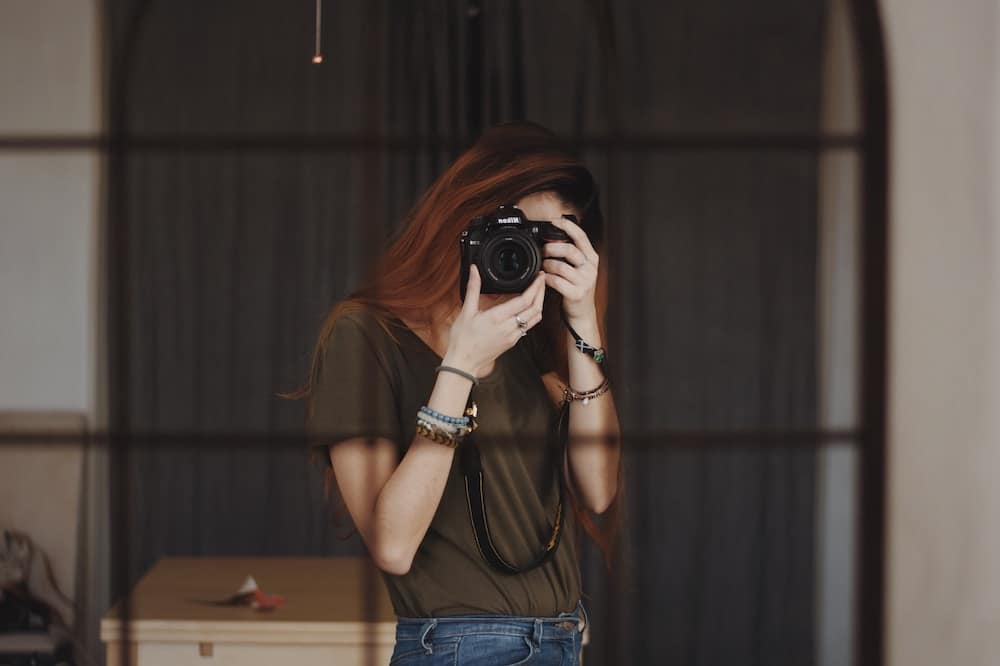
Prime or Zoom?
- Prime Lenses (35mm, 50mm, etc.)
Light, sharp, and beautifully minimal. They invite stillness and intentionality. You’ll move more. Notice more. - Zoom Lenses (24–70mm, 70–200mm, etc.)
Flexible and efficient. They help you frame both wide scenes and tighter details without changing gear. Perfect for fast-paced days or when packing space is limited.
Lens Types to Consider
- Wide-Angle (16–35mm)
Best for landscapes, architecture, and interiors. Expansive and immersive. Helps capture space and atmosphere. - Standard Zoom (24–70mm)
The most balanced choice. From street scenes to portraits, it handles most situations with ease. - Telephoto (70–200mm)
Ideal for wildlife, portraits, or distant subjects. Offers compression and soft, painterly backgrounds.
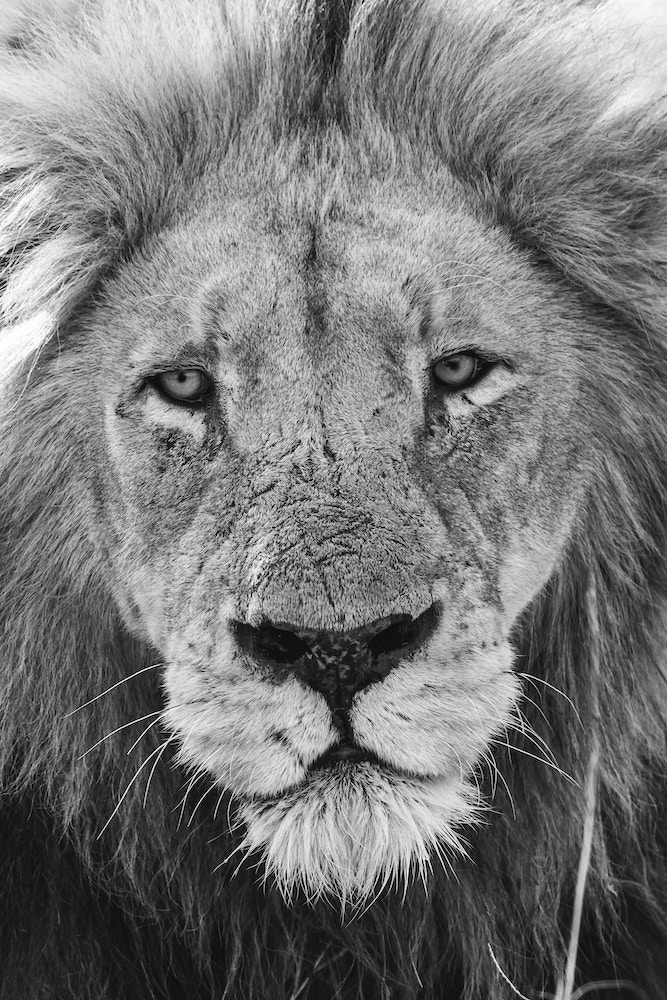

Suggested Lenses by System
A few go-to lenses many travel photographers trust:
- Sony
• FE 24–105mm f/4 G OSS
• FE 35mm f/1.8 (lightweight, sharp prime) - Canon (RF Mount)
• RF 24–70mm f/2.8L
• RF 35mm f/1.8 IS Macro STM - Nikon (Z Mount)
• Z 24–120mm f/4 S
• Z 50mm f/1.8 S - Micro Four Thirds
• Olympus 12–40mm f/2.8 PRO
• Panasonic 20mm f/1.7
On Buying Second-Hand
If you’re building your kit slowly, second-hand lenses can be a smart place to start. Look for:
- Clean glass (no fungus, deep scratches)
- Smooth focus and zoom rings
- Snappy aperture blades
- A trusted seller with clear communication
Don’t be afraid of a few scuffs—well-loved doesn’t mean poorly cared for.
What Else You’ll Want to Carry
- A lightweight tripod (Peak Design’s travel tripod is a favorite)
- Extra batteries and memory cards
- A good camera bag that fits your body and your pace
- Microfiber cloth + air blower (you’ll thank yourself mid-dust storm)
- Optional: ND or polarizing filter for landscapes and water
Final Thoughts
Choosing a lens is less about specs and more about intention. What do you want to remember? What do you want to feel again when you look back?
Let your gear be practical, yes—but also personal. Choose one lens to begin with. Let it teach you how to see. The rest will follow.
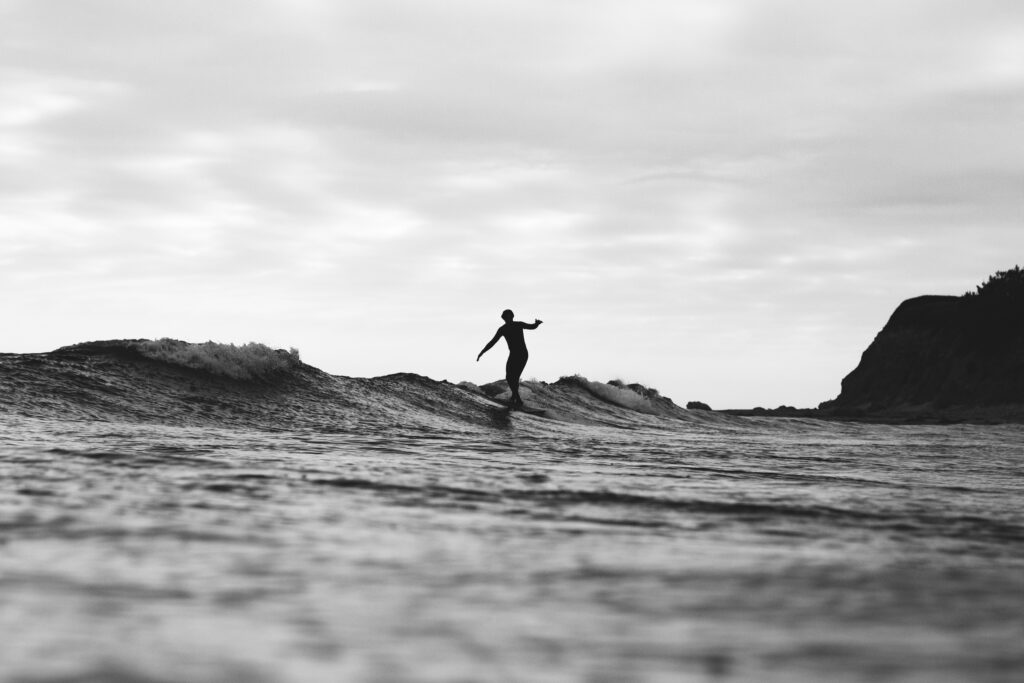
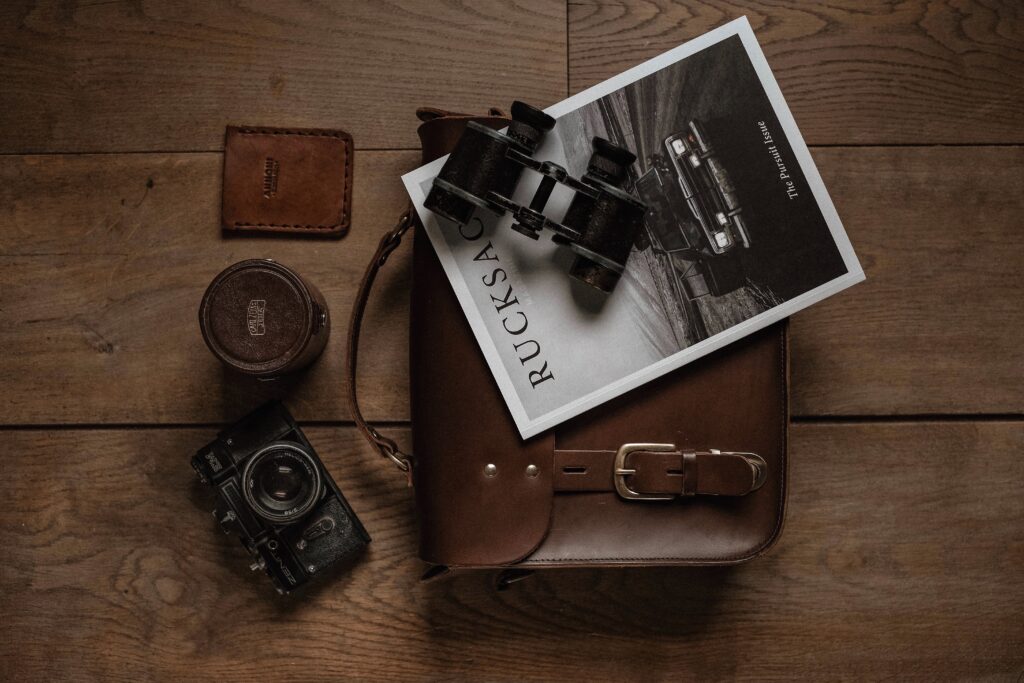
Frequently asked questions
A versatile zoom lens with a moderate focal length range, such as an 18-55mm or 24-105mm, is ideal for general travel photography. It can handle a wide range of situations without the need for frequent lens changes.
Wide-angle lenses, typically in the range of 10-24mm or 16-35mm, are excellent for capturing expansive landscapes and cityscapes while traveling. They allow you to include more of the scenery in your frame.
A telephoto lens, such as a 70-200mm or 100-400mm, is ideal for wildlife photography and capturing distant subjects during your travels. It brings distant objects closer, allowing you to get detailed shots without disturbing the subjects.
Prime lenses with wide apertures (e.g., f/1.8 or f/2.8) can be a great investment for travel photography. They excel in low-light conditions, offer excellent image quality, and are ideal for portraits and artistic shots.
Yes, you can certainly shoot landscapes with a 50mm lens. While 50mm lenses are often associated with portrait photography due to their versatility for capturing subjects with a natural perspective, they can also be used effectively for landscape photography.
